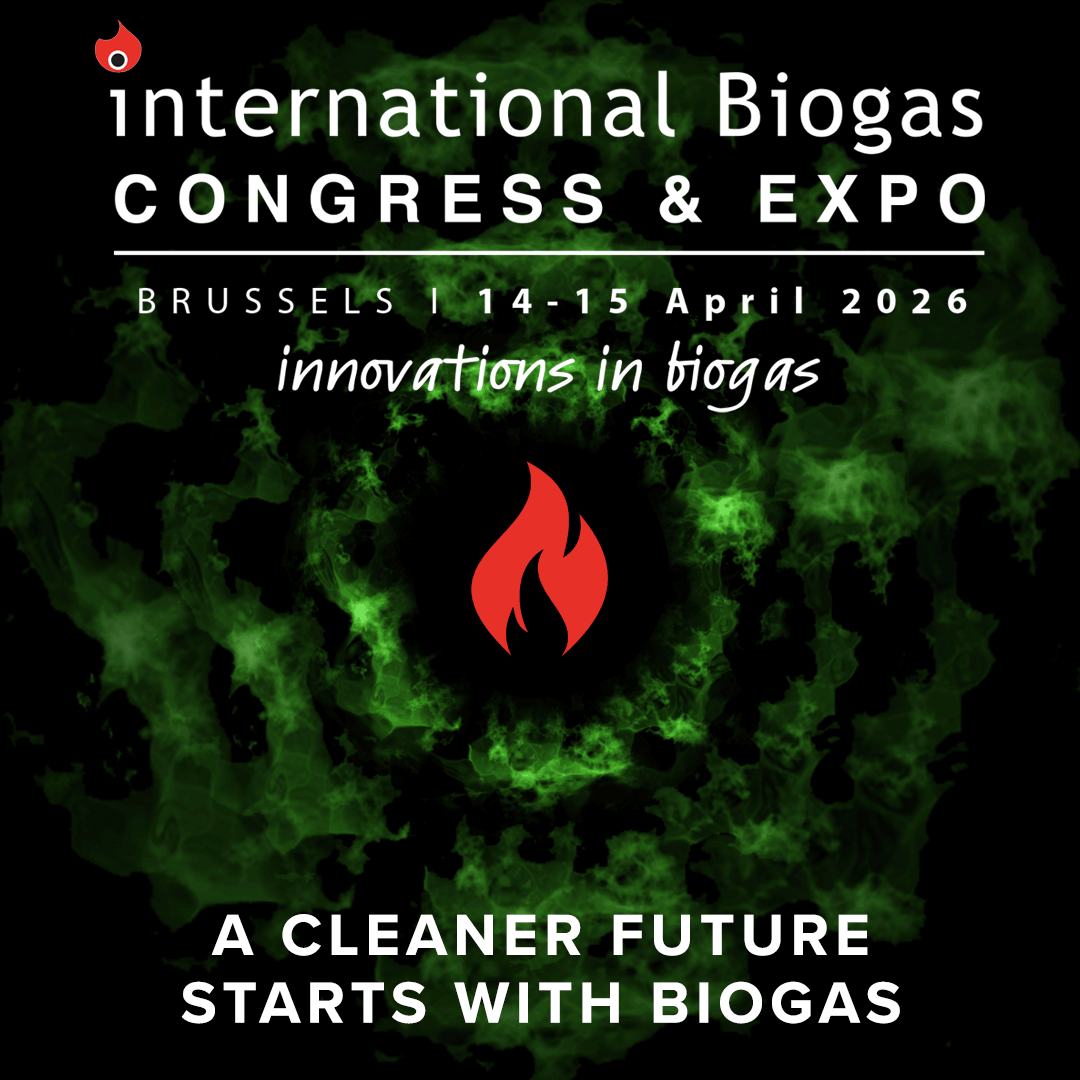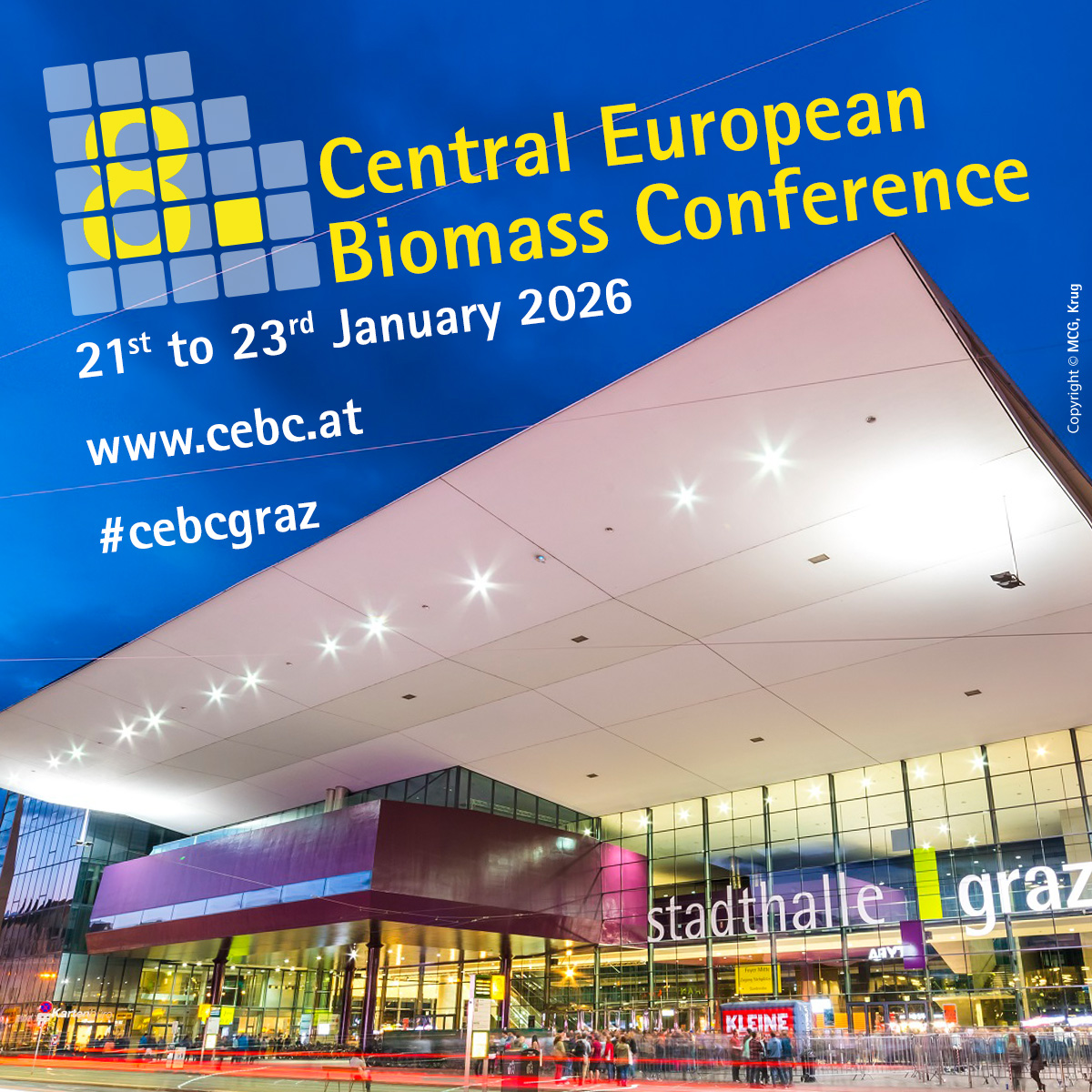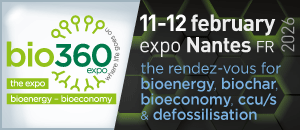A new international study has outlined a technically viable pathway for converting anaerobic-digestion (AD) biogas into “green” methanol - offering an alternative revenue stream for operators and a potential boost for the wider biogas-to-chemicals sector.
The research team, spanning Beijing University of Chemical Technology, KU Leuven and the Beijing Institute of Technology, modelled an integrated process that upgrades biogas and ammonia-rich digestate into syngas and, ultimately, methanol. Their findings appear in Frontiers of Chemical Science and Engineering (Vol. 19, Issue 10).
Biogas from sewage-sludge or agro-industrial AD is typically combusted on-site for heat and power, but interest is growing in higher-value conversion routes. Methanol - already a globally traded commodity and a promising hydrogen carrier - offers a route to monetise biogas beyond electricity generation, while also easing constraints associated with hydrogen storage technologies.
Using Aspen Plus® simulation for a notional 300,000-population wastewater treatment plant, the researchers evaluated three hydrogen-production steps: dry reforming of methane, catalytic methane decomposition and catalytic ammonia decomposition.
By integrating these processes, they produced a syngas mixture tailored for methanol synthesis using a multi-tubular reactor and a Cu/ZnO/Al₂O₃ catalyst governed by the Graaf kinetic model.
A key optimisation split the biogas feed into 54% for dry reforming and 46% for methane decomposition, achieving the target 2:1 H₂/CO ratio required for efficient methanol production.
The modelled facility generated 4,485 m³ of methane, 2,415 m³ of CO₂ and 320 kg of ammonia per day, supporting a methanol output of 183 kg per hour - equivalent to around 1,600 tonnes per year. CO conversion reached 50.4%, with a methanol yield of 54.6%.
Notably, the same Fe/CNT catalyst proved effective for both dry reforming and methane-decomposition steps, while ammonia decomposition contributed additional hydrogen, improving process integration and economics.
The authors argue that the approach provides a practical and environmentally sound pathway for biogas and digestate valorisation.
For AD operators and developers, the study points to a potential future in which wastewater and agricultural biogas plants could evolve into decentralised green-chemicals hubs rather than simple energy-from-waste sites.
















